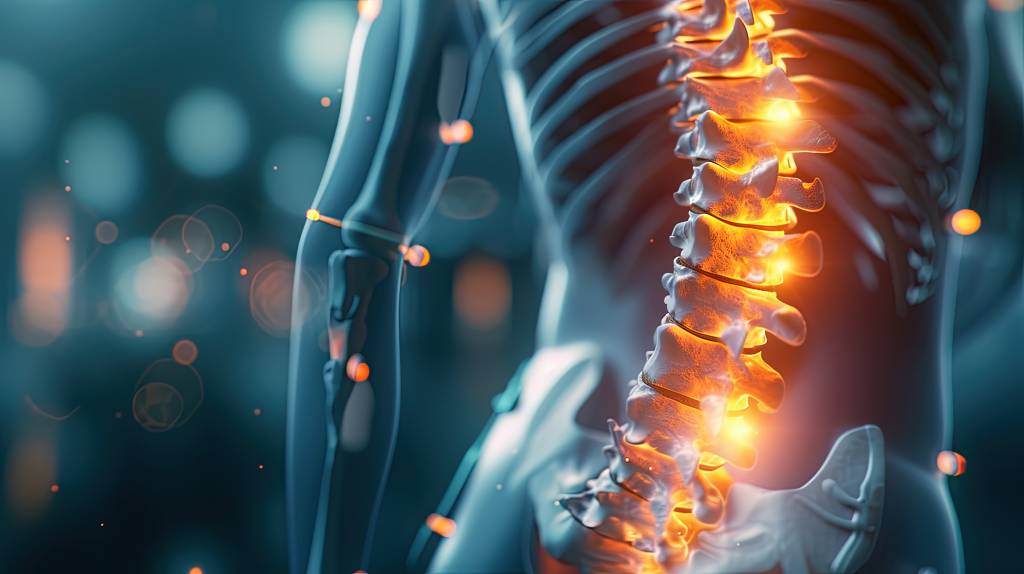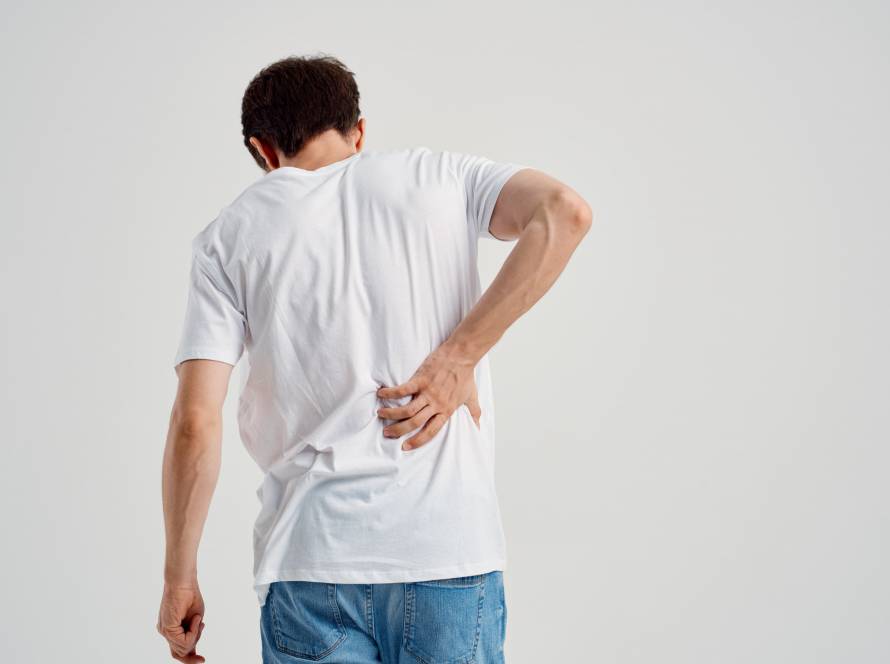
Living with scoliosis pain can be a daily struggle that impacts every aspect of life. Simple actions such as sitting, standing and walking can become challenging as the body constantly battles against the unnatural curvature of the spine.
However, understanding the causes of this pain and getting effective scoliosis treatment in Singapore can offer hope and relief, allowing those affected to reclaim their quality of life.
What does it mean to have scoliosis?
Scoliosis is a medical condition characterised by the curvature of the spine. The spine may curve sideways in an “S” or “C” shape. While it can develop at any age, it most commonly appears around age ten to fifteen. The cause of scoliosis is linked to genetic factors, neuromuscular conditions, and congenital spine deformities.
Causes of scoliosis and pain
Muscle imbalances
One of the primary sources of pain in scoliosis patients is muscle imbalance. As the spine curves abnormally, the muscles on one side of the body become overstretched while those on the opposite side tighten.
This imbalance leads to muscle fatigue, spasms, and pain. The constant stress on the muscles surrounding the curved spine can cause chronic discomfort, making even simple movements painful.
Nerve compression
Scoliosis can also lead to nerve compression. The abnormal curving of the spine can cause the vertebrae to shift and compress nearby nerves. This compression causes pain to radiate from the back to other body parts, such as the legs and arms.
Nerve compression can cause sharp, shooting pains, numbness, tingling, and weakness, significantly affecting an individual’s mobility and overall comfort.
Degenerative changes
As scoliosis progresses, it can lead to degenerative changes in the spine. The imbalanced distribution of weight and pressure can accelerate the wear and tear of spinal discs and joints. This degeneration can develop into osteoarthritis, exacerbating pain and stiffness and creating a cycle of increasing discomfort and poorer function.
Postural strain
The abnormal posture associated with scoliosis places additional strain on the body. The uneven curvature can cause patients to adopt compensatory postures to maintain balance and reduce pain. Over time, these postural adjustments can lead to further muscle strain, joint stress, and pain.
Why seek early intervention?
Detecting scoliosis at an early stage allows for timely treatment, preventing the progression of pain and deformity. Regular screenings, particularly during rapid growth in children and adolescents, are essential for early detection. Early intervention can include bracing, physical therapy, and other non-surgical approaches to manage scoliosis and reduce pain effectively.
Treatment options for scoliosis
Non-Surgical
Non-surgical treatments are often the first line of defence in managing scoliosis and its associated pain. These approaches focus on relieving symptoms, improving posture, and preventing further curvature progression.
- Physical therapy: Customised physical therapy programs can help strengthen the muscles supporting the spine, improve motion, and reduce pain. Therapists use specific exercises and techniques to address muscle imbalances and promote better alignment.
- Bracing: For adolescents with scoliosis, bracing can be an effective method to prevent curvature progression. Braces are designed to hold the spine more naturally, reducing the risk of further deformity.
- Pain management: Medications can help manage pain and inflammation associated with scoliosis. Sometimes corticosteroid injections may be recommended to reduce severe pain.
Minimally invasive surgical options
For individuals with severe scoliosis or those who do not see improvement with non-surgical treatments, surgery may be an option. Minimally invasive spine surgery (MISS) can help to correct the curvature and alleviate pain while minimising tissue damage and recovery time. Some of these MISS options include:
- Spinal fusion: This involves fusing two or more vertebrae to stabilise the spine and prevent further curvature. Minimally invasive techniques allow smaller incisions, reduced muscle disruption, and faster recovery.
- Vertebral Body Tethering (VBT): VBT is a newer, less invasive surgical option for scoliosis. It involves attaching a flexible cord to the spine to help guide its growth in a straighter alignment. This procedure allows for continued spinal growth and flexibility.
- Kyphoplasty and vertebroplasty: These procedures treat compression fractures in the spine, which can occur in individuals with scoliosis. They are performed by injecting bone cement into the fractured vertebrae to stabilise and reduce pain.
Experience relief from scoliosis pain
Scoliosis can be a painful and challenging condition. Still, with early intervention and appropriate treatments, patients can alleviate their symptoms and improve their quality of life.
At Achieve Spine & Orthopaedic Centre, we offer comprehensive care for patients with pain caused by their back and spine. We specialise in minimally invasive spine surgeries to treat scoliosis, and will provide continuous support throughout treatment, including follow-up care and rehabilitation, to ensure optimal outcomes. Our experienced specialist is also able to advise patients on non-surgical treatments as well.



